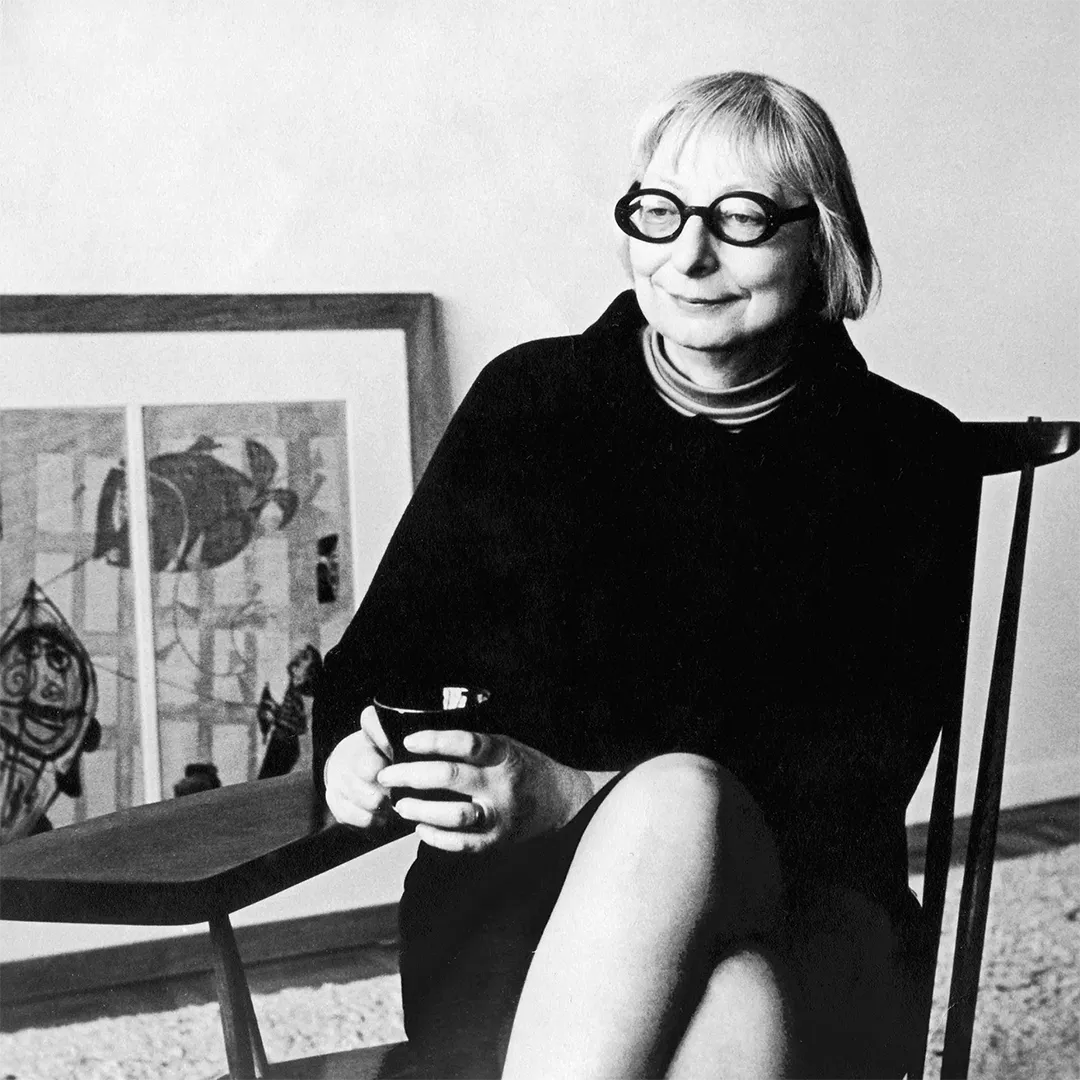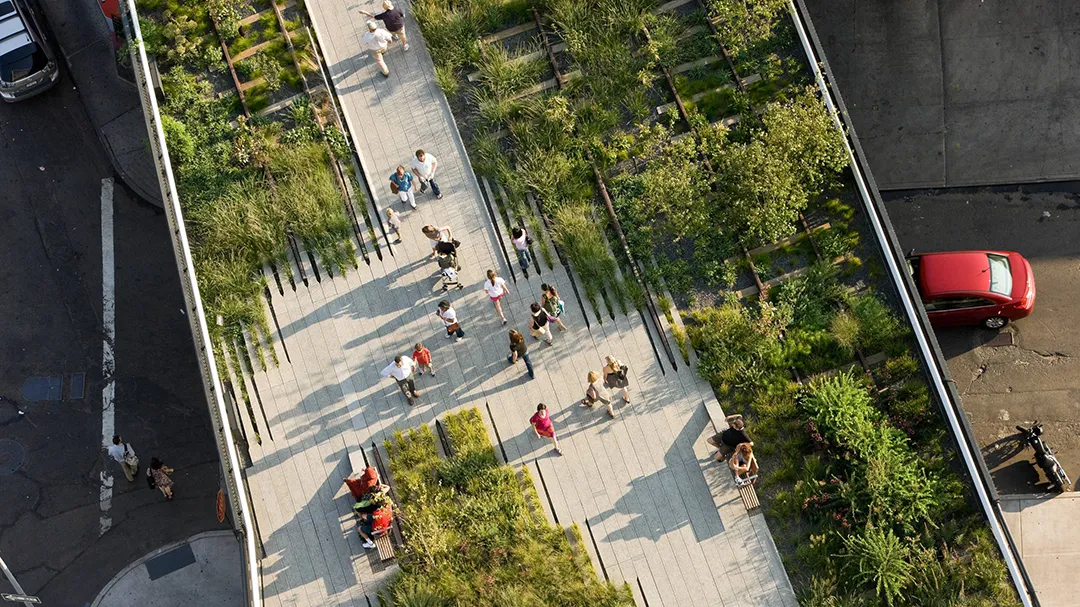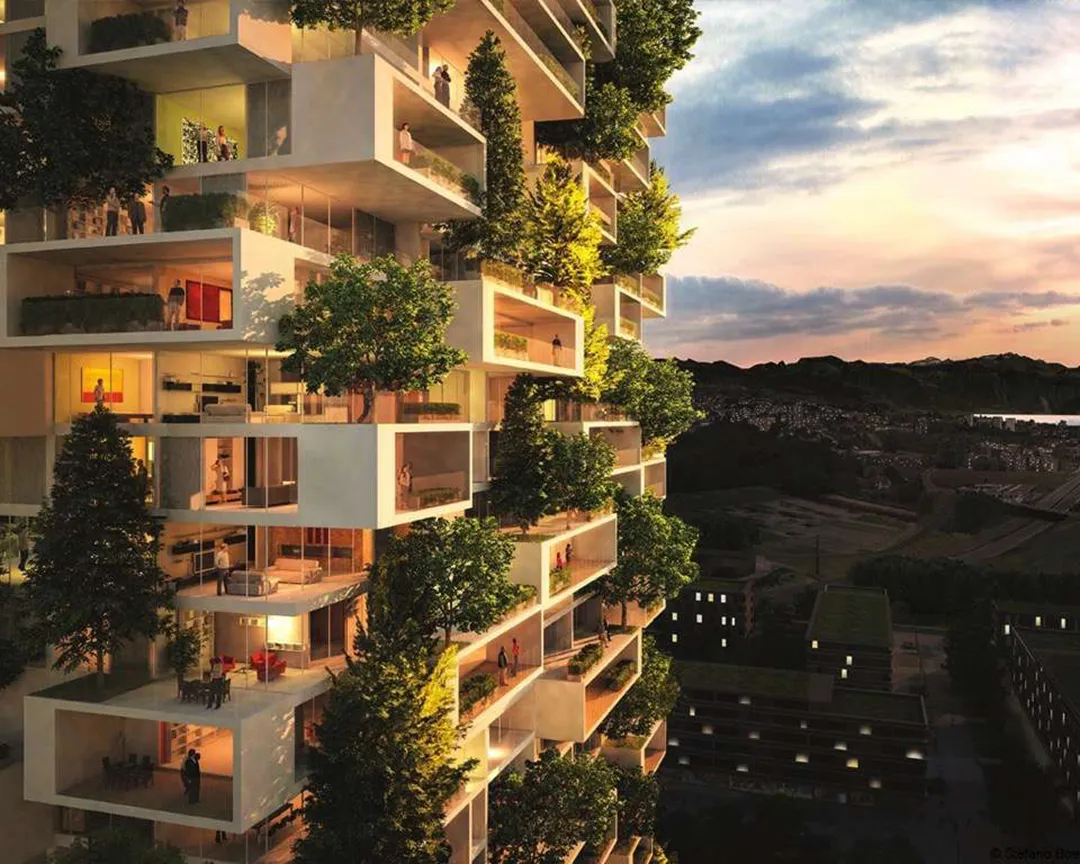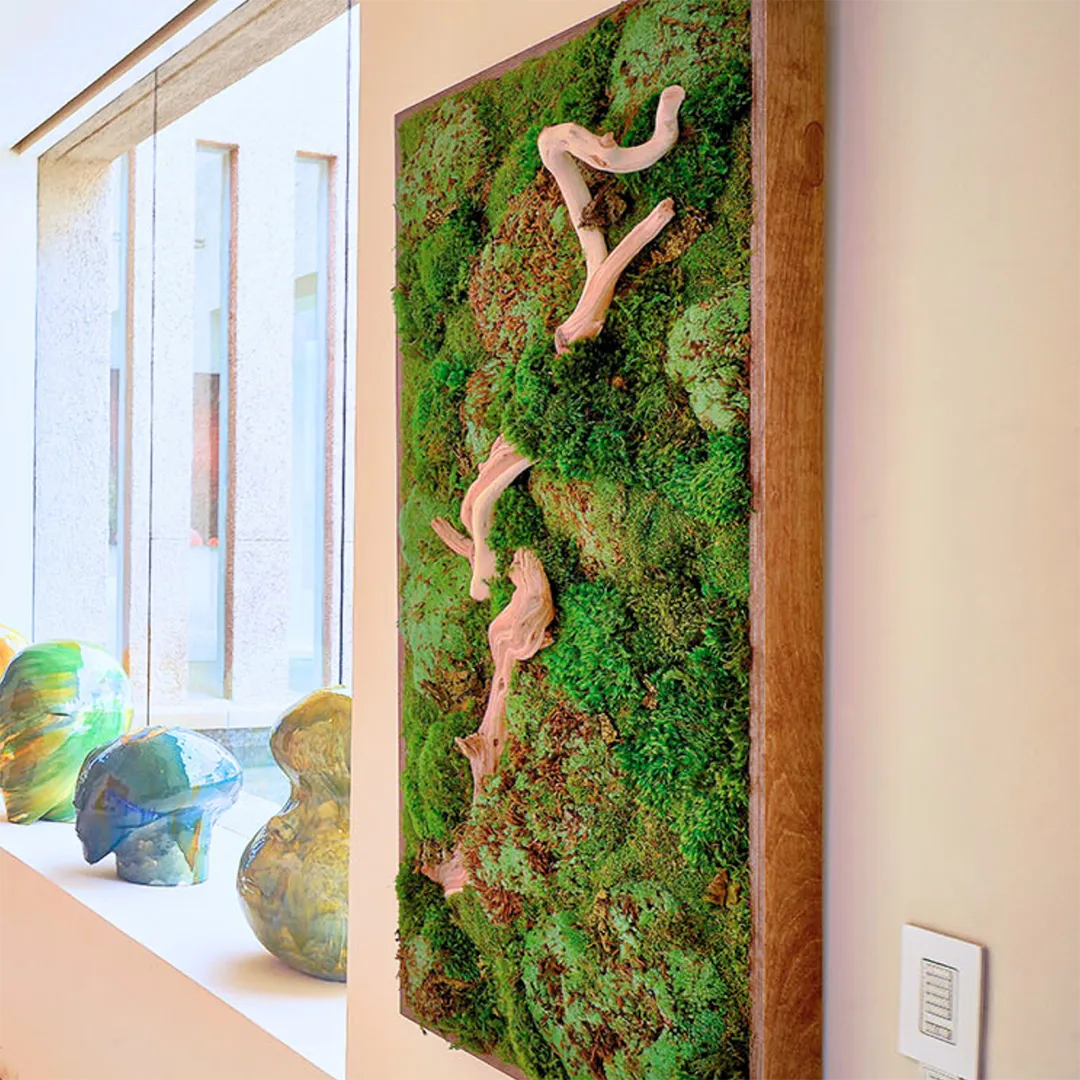
In today’s rapidly urbanizing world, cities are facing significant challenges, inequity, isolation, and environmental degradation among them. These challenges demand creative solutions, and one of the most transformative approaches lies in biophilic design. By incorporating natural elements into urban spaces, biophilic design not only enhances aesthetic appeal but also addresses social equity and psychological well-being. As the famed urbanist Jane Jacobs once said, “Cities have the capability of providing something for everybody, only because, and only when, they are created by everybody.” Biophilic design echoes this sentiment, making cities more inclusive, sustainable, and emotionally enriching.
Biophilic design promotes inclusivity
Urban environments often reflect socioeconomic disparities, with wealthier neighborhoods enjoying beautiful parks and tree-lined streets, while lower-income areas endure concrete jungles with minimal greenery. Biophilic design offers a solution to this discrepancy by integrating nature as a social equalizer. When done thoughtfully, natural elements like plant walls, community gardens, and accessible green spaces can create environments that benefit people across all socioeconomic levels.
Biophilic design enhances social equity:
- Access to all: Public spaces with features like moss walls, walking trails, and community gardens ensure that everyone, regardless of income, can experience the benefits of nature. This is true for indoor spaces, too, like public libraries, museums, and city recreational centers.
- Health benefits: Exposure to greenery improves mental and physical health. Singapore is, for example, is globally recognized for its “City in a Garden” initiative, which incorporates urban greenery into public and private spaces. The government actively promotes green walls (plant walls) and rooftop gardens, and research has demonstrated the positive impacts of these efforts on mental well-being and urban heat reduction.
- Job creation: Biophilic design projects often create jobs in urban agriculture, landscape maintenance, and environmental education, empowering underserved communities.

The High Line, a repurposed elevated railway turned urban park, is a shining example of biophilic design fostering inclusivity. Its aesthetic plants and walkable design attract millions of visitors each year, offering a serene escape in the heart of Manhattan. More importantly, it bridges diverse communities, serving as a gathering space for locals and tourists alike. The creation of the High Line spanned over several years and supplied hundreds of construction jobs. Its completion has had a lasting economic impact on the surrounding neighborhoods, spurring real estate development and increasing property values.
Biophilic design plays a role in reducing urban alienation
Urban life, despite its vibrancy, often breeds feelings of isolation. People living in densely populated cities can still feel disconnected—from nature, from others, and from themselves. Biophilic design reintroduces the calming, grounding presence of nature into these environments, helping to combat urban alienation.
In their book Brain Wash, doctors David and Austin Perlmutter explore the profound impact of nature on mental well-being. They discuss the Japanese practice of Shinrin-yoku, or forest bathing, which involves immersing oneself in a natural environment to promote relaxation and reduce stress. The authors highlight studies demonstrating that exposure to nature can lower blood pressure, reduce cortisol levels, and improve heart rate variability, all indicators of reduced stress.
Biophilic design mitigates isolation
- Sense of belonging: The presence of green spaces and natural elements fosters an innate sense of belonging and reduces feelings of alienation.
- Community building: The creation of shared green spaces, like local parks, green roofs, and indoor botanical gardens, encourages social interactions and fosters a sense of shared meaning.
- Rejuvenation: Biophilic design elements like natural plants, moss walls, water features, and rock gardens create quiet zones where people can recharge mentally and emotionally.

The Bosco Verticale, or “Vertical Forest,” is a pair of Italian residential towers adorned with over 900 trees and 20,000 plants. Its striking plant walls and greenery improve air quality and give residents a sense of tranquility amidst the urban hustle. This building has become a symbol of Milan’s commitment to integrating nature into urban living, creating a healthier and more connected community.
Using biophilic design to inspire liveliness
Cities like Copenhagen, with its green rooftops and urban farms, showcase how biophilic design can shape sustainable, inclusive, and connected urban environments. Imagine walking through a bustling city center transformed by biophilic design. Towering plant walls frame the sidewalks, providing shade and cleaner air. Notice oversized medians filled with trees, creating pockets of green for residents and workers alike. E.O. Wilson, the biologist who popularized the concept of biophilia, wrote: “We are hardwired to affiliate with life and lifelike processes.” Biophilic design taps into this intrinsic connection and allows us to thrive in urban settings.
Integrating biophilic elements into urban spaces doesn’t have to be an overwhelming endeavor. Small, thoughtful additions can make a significant impact on both aesthetics and inclusivity. Below are practical examples for implementing biophilic design:
- Workspaces: Incorporate desk plants or create breakout rooms with low light indoor plants to boost productivity and reduce stress.
- Schools: Install MossWallArt™ or plant-filled courtyards to create soothing environments that enhance learning.
- Urban centers: Develop public plazas with plant walls, shaded seating, and communal gardens to foster connection and relaxation.


A call to action
Biophilic design isn’t just a trend, it’s a necessity for creating inclusive, sustainable, and emotionally fulfilling cities. Whether through low light indoor plants in museums, sprawling public parks, or innovative artificial plant design, the integration of natural elements can transform urban spaces into equitable and connected communities. As cities continue to grow, the time to embrace biophilia is now. By doing so, we can create a world where everyone, regardless of background, can access the countless benefits of nature.
Join the movement towards greener cities!
Be a part of the change! Discover how you can bring biophilic design into your community and inspire urban spaces that are inclusive, sustainable, and thriving.
